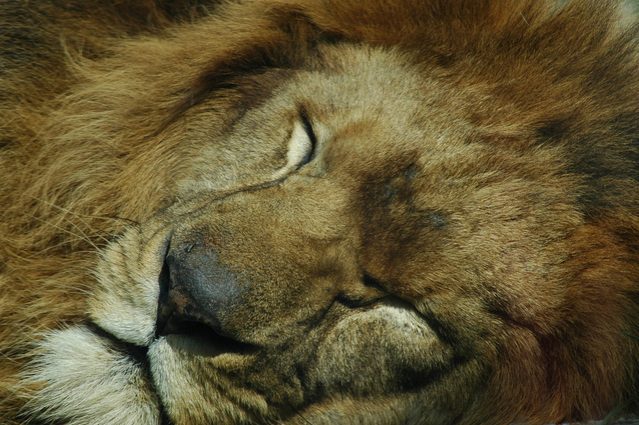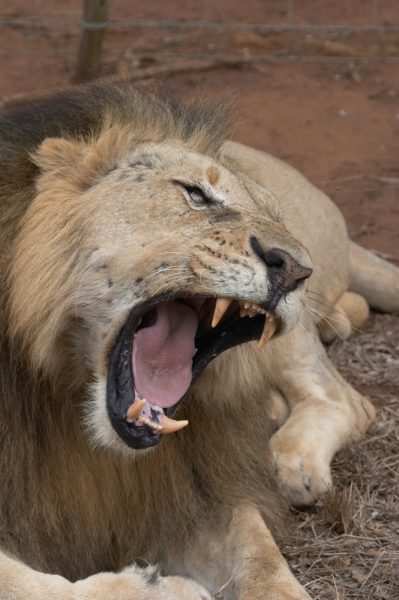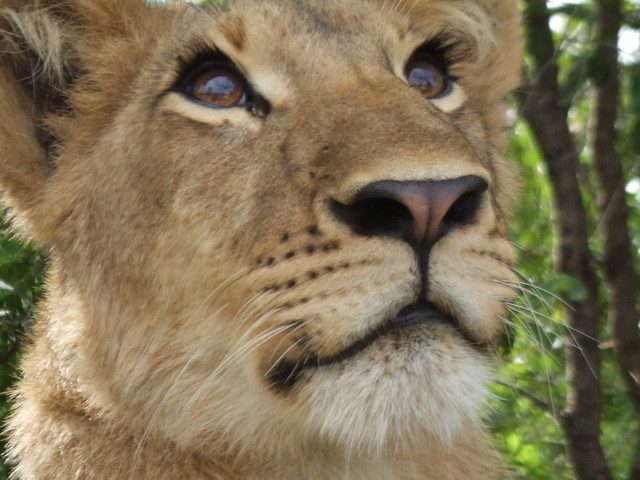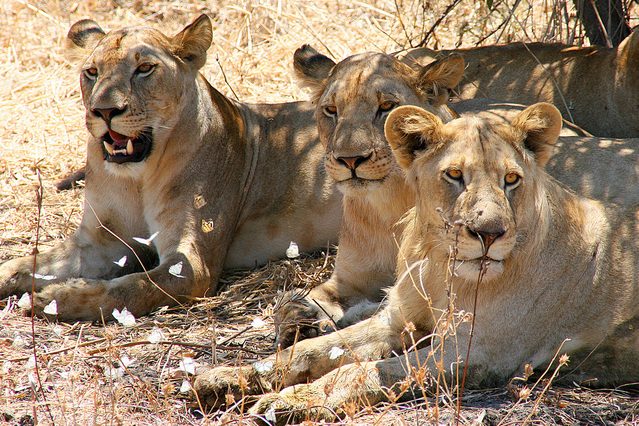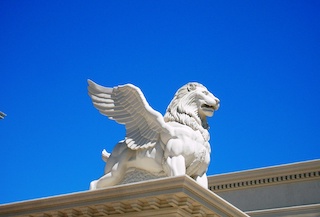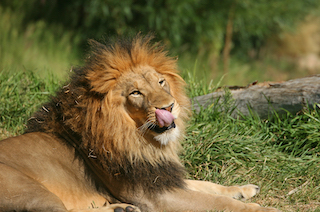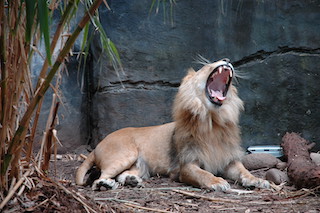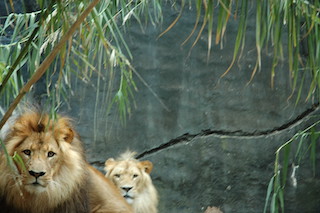Fierce Anatomical Features Of Bush Lion
Lion is arguably the most fascinating, iconic, magnificent and beloved wild creature in the world and the most dominant force in the bush. Out of all the wild animals that roam the savannahs of Kenya and Africa, no animal arouses as much admiration and awe as the lion. It has forever held a principal place in human’s esteem and imagination. It is a proven fact that lions are the largest of the big ferocious cats in Africa. They are extremely aggressive, defensive and nasty especially when food is involved. No wonder we depict them as the King of the beasts. The king of the jungle can weigh up to 500 pounds. But interestingly, they don’t live in the mighty jungle at all. A jungle is a dense, tropical rainforest and it covers 6% of the earth. They dwell in scrubs, savannas, grasslands, woodlands and dense bush of the sub-Saharan Africa. These landscapes allow them to creep stealthily through vegetation and pounce on their unsuspecting prey. They can also be found taking a snooze in a tree or lying on their backs with the feet up.
Natural ocular features
Lions are born with blue-grey color eyes, but it begins to change to an orangey brown when it is three months old. A mature lion’s eyes are quite big with round pupils. A white patch of fur situated below its eyes reflect light back into its eyes. The reflective coating on the back helps to reflect moonlight at night. The second eyelid known as a nictitating membrane protects the eyes and keeps them clean. All of these natural ocular features of a lion make its eyesight eight times stronger than that of a human. However, a lion cannot move its eyes from side to side, so have to turn its whole head when it wants to look in different directions.
Sense of smell
Lions have a small area called Jacobson’s organ on the roof of the mouth. It allows the lion to taste smells. They sniff the air to catch a scent to determine if it’s coming from someone worth eating. It is a funny scene to watch the lion do this. The lion almost looks comical. It curls up its top lip showing its teeth and sticking out its tongue, thus pulling a funny face. The scent glands of a lion are around its chin, lips, cheeks, tail, whiskers and in-between its toes. The glands produce an oily substance that keeps their fur healthy and waterproof.
Tongue and teeth
In complete contrast to human’s, a lion’s tongue is so rough that if it licks the back of our hand only a few times, there would be no skin left. The roughness is because of the tiny spines called papillae. They face backward and can scrape dirt from fur, peel skin from the flesh and even meat from bones. Lions have three different kinds of teeth. Carnassial are the sharpest teeth situated at the back of the mouth and can act like scissors to cut meat. Canines are the four largest teeth that can reach up to 7 centimeters and are used to grip the skin and tear away meat. Incisors are the smallest at the front of the mouth, and lions use them for ripping and tearing meat
Whiskers as fingerprints
All cats have whiskers, and the fat cats are no exception. Whiskers are very sensitive hairs close to the nose that are used to feel the things around them. At the root of each of it is a black spot that collectively forms a pattern, which is different for every lion. Just like our fingerprints, researchers can tell them apart in the wild using their whiskers.
Paws of claws
A lion’s paws have five toes in the front and four in the back. Its size can help determine its age and gender. A lion can deliver a fatal blow with it because it has the strongest forequarters which are bigger than the hind legs. They have sharp, thick and strong claws that it retracts and hides under its fur when not in use to keep them protected. They can be up to 38 millimeters long and consist of lots of layers that gradually break off to reveal a sharper claw underneath. A fifth toe in the front of the paw has a dewclaw that it uses to hold down the prey when eating. Lions sharpen their claws to keep them extra pointed by scratching trees.
Tail for multipurpose
A lion has a long tail that helps it to balance. At the end of the tail is a black tassel, which first appears when the cub is between five and eight months old. Lions use their tails to lead others through long grass. A female lion will raise its tail to signal the cubs to follow and also to communicate with each other while hunting. When it is in a bad mood, it flicks its tail to warn others to stay away.
Coat color varies
The lion has short hair that is tawny and paler underside. The color can vary from orange-brown, dark brown, tan or even to a silvery gray. The proportion of dark hair to light hair in the coat determines the color. The cubs are born with grayish coats with white spots on the tummy and legs. It becomes tawnier and thicker as it matures and the white spots gradually fade, although in some it remains for their entire life.
Lions of Tsavo
The lions of Tsavo in Kenya are the most feared and fiercest predators in Africa. They are very elusive and the chance to view a pride of Tsavo lions is indeed a rare sight. They are so ruthless and notorious that they stalled the Kenya-Uganda railway construction by the colonial government in the early part of the 20th century. There will only be one male in a pride of Tsavo lions. Unlike other male lions, a Tsavo male lion does not have a mane.
Simba in Swahili
Undoubtedly, lions are the biggest draws of tourist attraction to Kenya. Lions occur across at an estimated 19% of Kenya including significant areas outside of protected areas such as Nature Reserves and National Parks. The Swahili name for lion is Simba and the scientific name is Panthera leo.
5 Frequently Asked Questions About Bush Lion
To receive a colourful digibook about lion with videos, images and text, please fill out the following form or simply email us on safaris@safari-center.com

